Feudal Japan is a fascinating and mystical period of history that has served as the backdrop for numerous video games. A time when the Land of the Rising Sun was ravaged by a multitude of internal wars between the different clans that were fighting to gain control of the nation and fulfill the dream of many to unify it under a single banner, which translated into an infinite number of deaths and misery in an era marked by chaos and horror.
All this caused the appearance of many interesting legends that have been very well exploited in all kinds of media, but, for some reason, finding a more or less realistic approach to this era in video games is quite complicated. Even more surprising is the fact that no one has yet taken advantage of a setting like this to create a great and ambitious open-world game that makes us feel like real samurai.
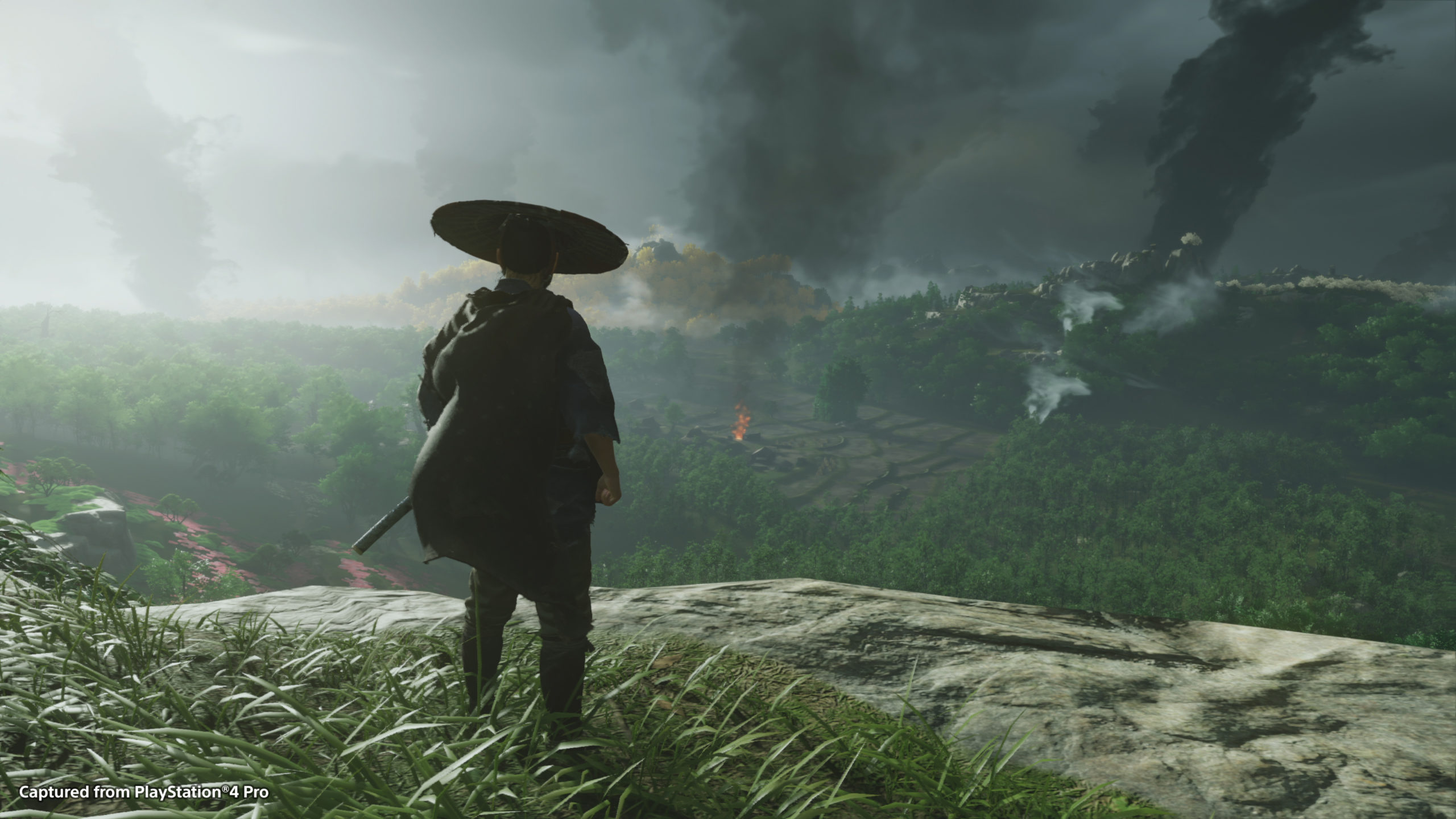 This is precisely what they thought a few years ago in Sucker Punch when they began to develop Ghost of Tsushima, a new exclusive PlayStation 4 title that has been begged for too long, but that is finally among us to delight us with an adventure that Despite not doing anything new or minimally original, he has made us have a great time exploring its beautiful landscapes and fighting the Mongol Empire with our katana.
This is precisely what they thought a few years ago in Sucker Punch when they began to develop Ghost of Tsushima, a new exclusive PlayStation 4 title that has been begged for too long, but that is finally among us to delight us with an adventure that Despite not doing anything new or minimally original, he has made us have a great time exploring its beautiful landscapes and fighting the Mongol Empire with our katana.
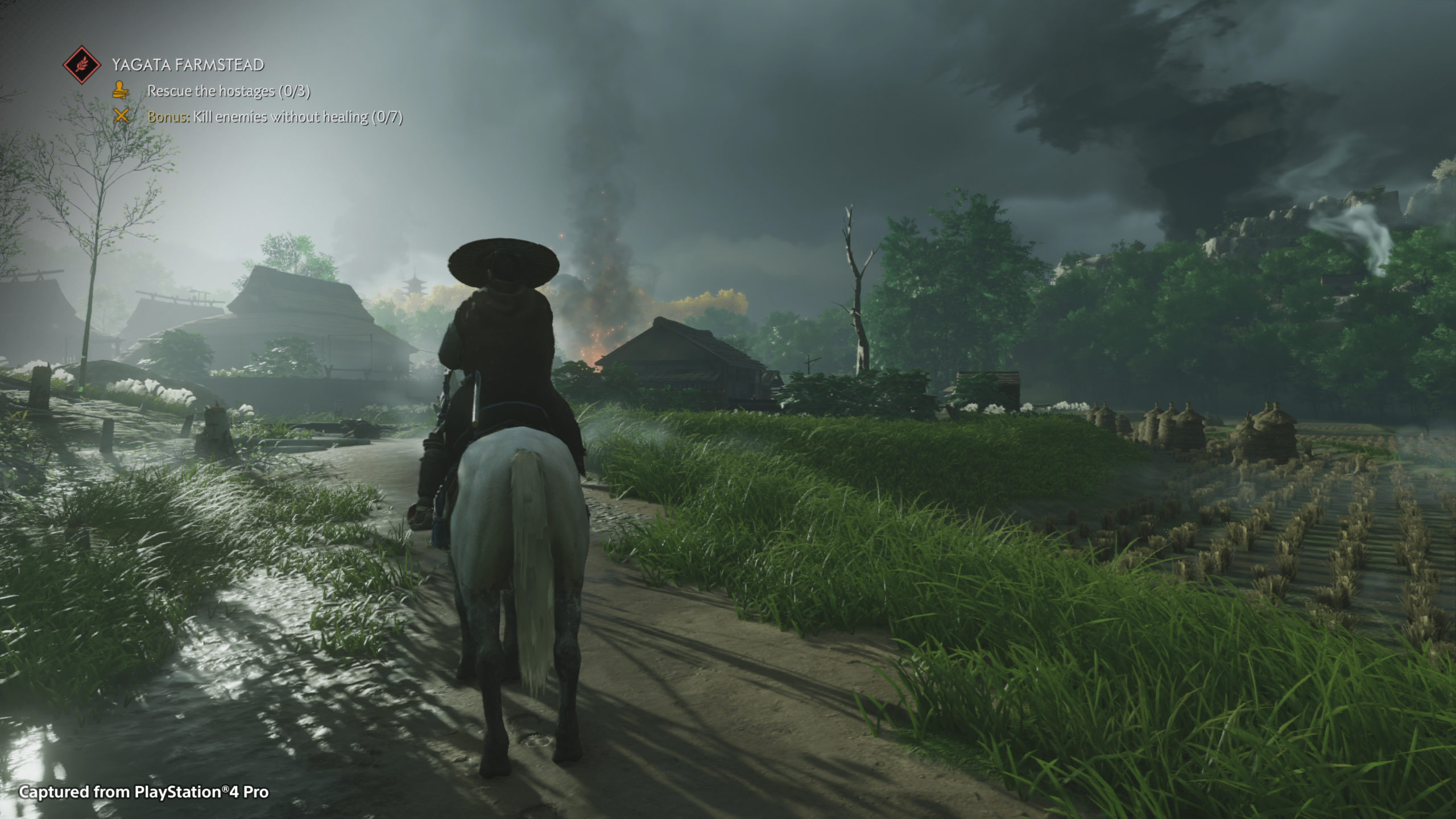 Tsushima’s invasion
Tsushima’s invasion
Thus, its history takes us back to 1274, when the Mongols decided to invade Japan and landed on the island of Tsushima. This led to a battle in which 80 samurai tried to defend their land with catastrophic results, a real fact that the game takes as a starting point to put ourselves in the shoes of Jin Sakai, a young Japanese warrior who manages to survive the slaughter miraculously.
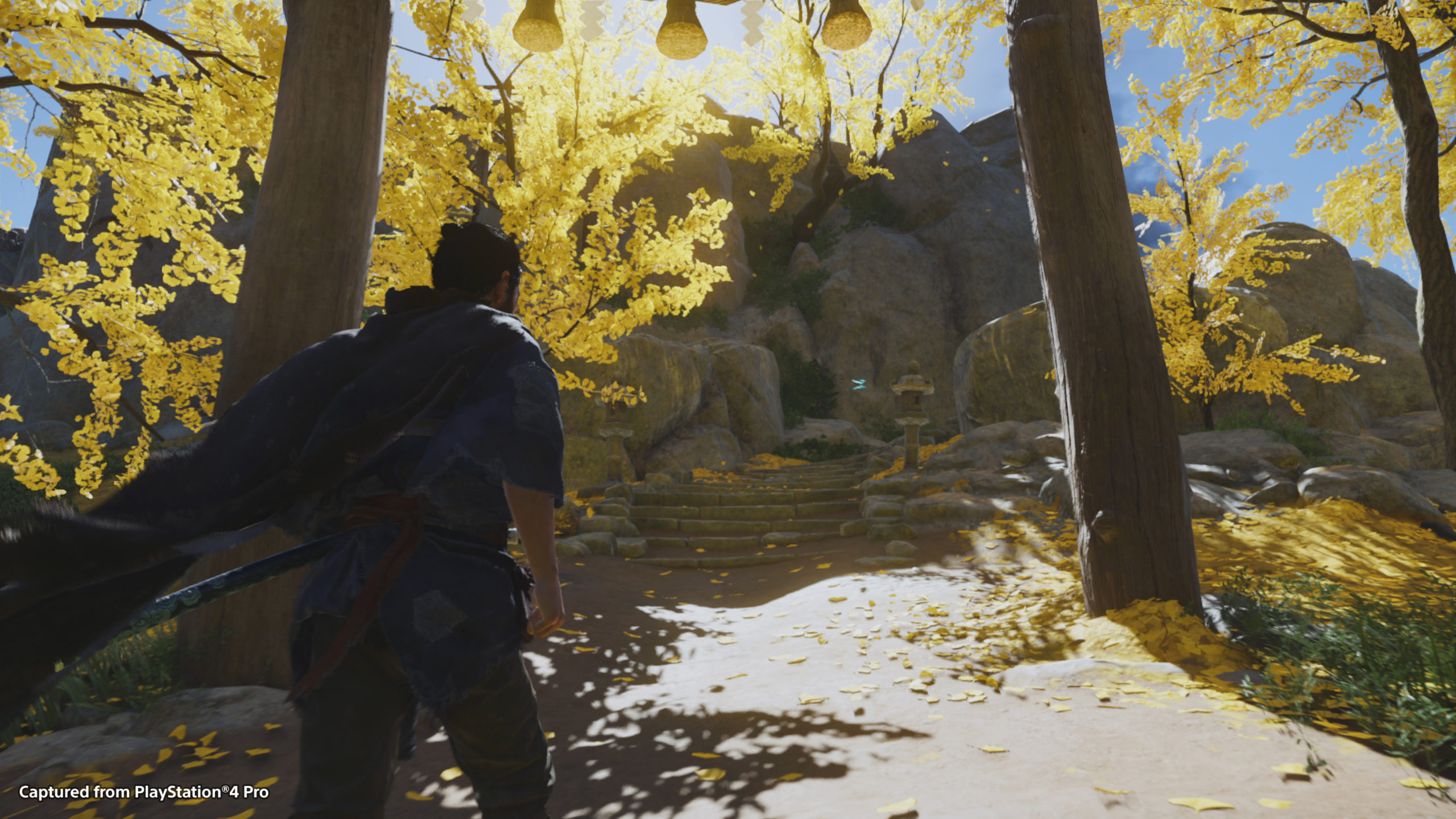 However, this defeat does not intimidate our hero, who undertakes the personal mission of expelling the invader, something for which he will need to leave behind the code of honour by which he has governed his entire life and adopt new tactics and strategies with which spread terror among the enemy ranks and defend your people, even if it means betraying yourself and your own beliefs. After all, the Mongols do not understand honour, and for them in war, anything goes.
However, this defeat does not intimidate our hero, who undertakes the personal mission of expelling the invader, something for which he will need to leave behind the code of honour by which he has governed his entire life and adopt new tactics and strategies with which spread terror among the enemy ranks and defend your people, even if it means betraying yourself and your own beliefs. After all, the Mongols do not understand honour, and for them in war, anything goes.
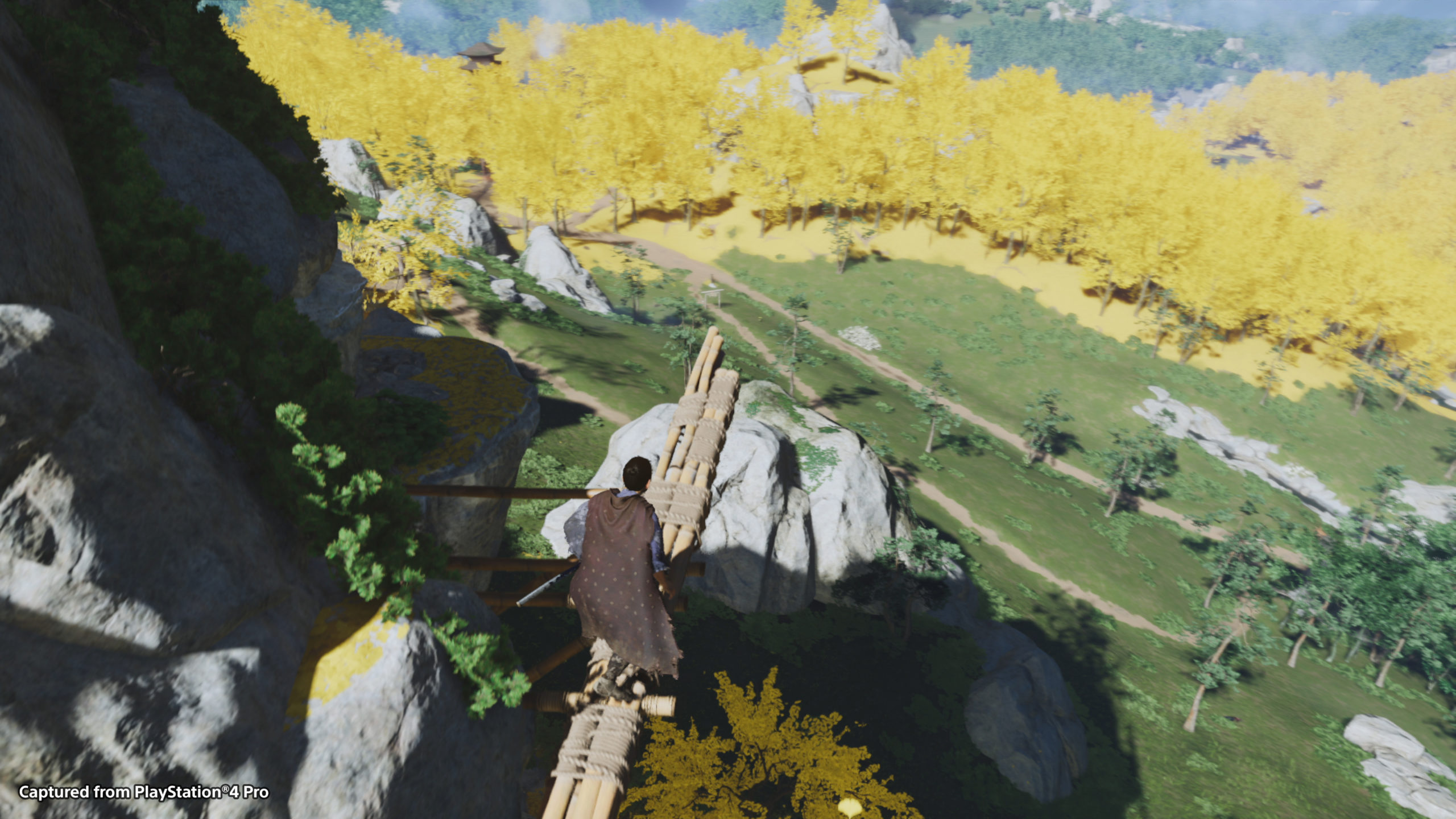 The development of the script is straightforward and even predictable. Still, it has been enormously entertaining, mainly because of how well it is told and the gigantic effort it makes to pay tribute to the classic samurai movies in the best possible way, masterfully replicating plans, transitions, photography and even the rhythm of certain scenes. Besides, they have managed to give a lot of strength to the most important moments in history, leaving us to remember very memorable and epic sequences that have made us connect fully with their narrative from the beginning to the end.
The development of the script is straightforward and even predictable. Still, it has been enormously entertaining, mainly because of how well it is told and the gigantic effort it makes to pay tribute to the classic samurai movies in the best possible way, masterfully replicating plans, transitions, photography and even the rhythm of certain scenes. Besides, they have managed to give a lot of strength to the most important moments in history, leaving us to remember very memorable and epic sequences that have made us connect fully with their narrative from the beginning to the end.
 The most interesting thing is that this also applies to the characters themselves, much deeper and more complex than it might seem at first, denoting a good construction in their personalities and backgrounds to make them credible and human, something complicated. They are very coherent with themselves, with the Japanese culture of the time and with the situation that they have to live, and they have such a marked character that, in the end, it is impossible not to empathize with them.
The most interesting thing is that this also applies to the characters themselves, much deeper and more complex than it might seem at first, denoting a good construction in their personalities and backgrounds to make them credible and human, something complicated. They are very coherent with themselves, with the Japanese culture of the time and with the situation that they have to live, and they have such a marked character that, in the end, it is impossible not to empathize with them.
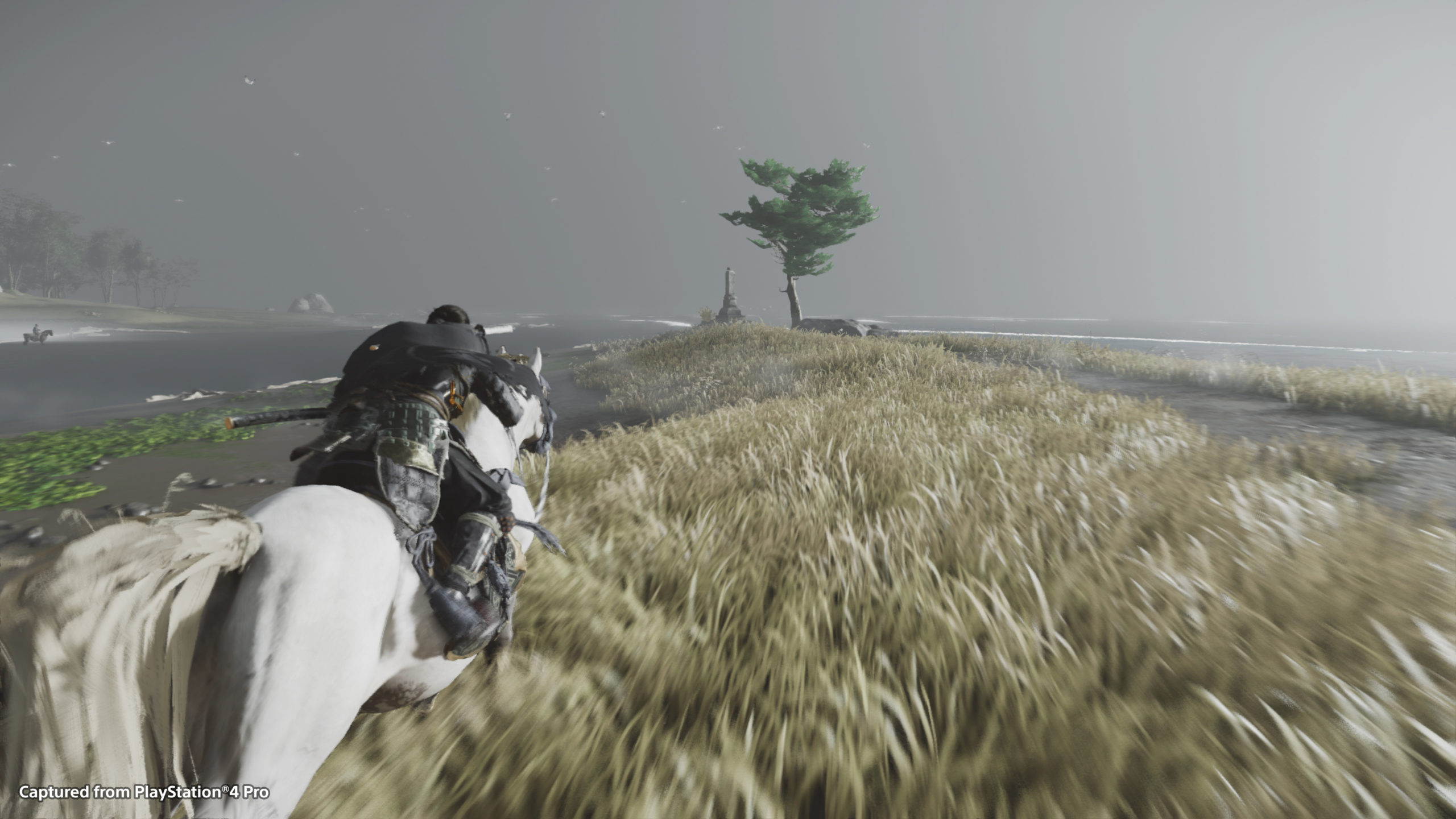 But if there’s one thing we liked about the game’s narrative, it’s how much it counts not only through the main campaign but also through its optional missions., the real culprits of making everything work so well in this regard. In them they will allow us to delve into the main and secondary characters, as well as to understand better the island of Tsushima and how its inhabitants are living the war, for which all contribute their bit to give credibility and coherence to your world, helping us to have a better understanding of the global scale of conflict and how it affects the most vulnerable and defenceless. In fact, we recommend that you do, at least, the stories related to the group of heroes that we will recruit for our cause, since it is in them that their plots are really explored, favouring that we enjoy even more of the main story.
But if there’s one thing we liked about the game’s narrative, it’s how much it counts not only through the main campaign but also through its optional missions., the real culprits of making everything work so well in this regard. In them they will allow us to delve into the main and secondary characters, as well as to understand better the island of Tsushima and how its inhabitants are living the war, for which all contribute their bit to give credibility and coherence to your world, helping us to have a better understanding of the global scale of conflict and how it affects the most vulnerable and defenceless. In fact, we recommend that you do, at least, the stories related to the group of heroes that we will recruit for our cause, since it is in them that their plots are really explored, favouring that we enjoy even more of the main story.
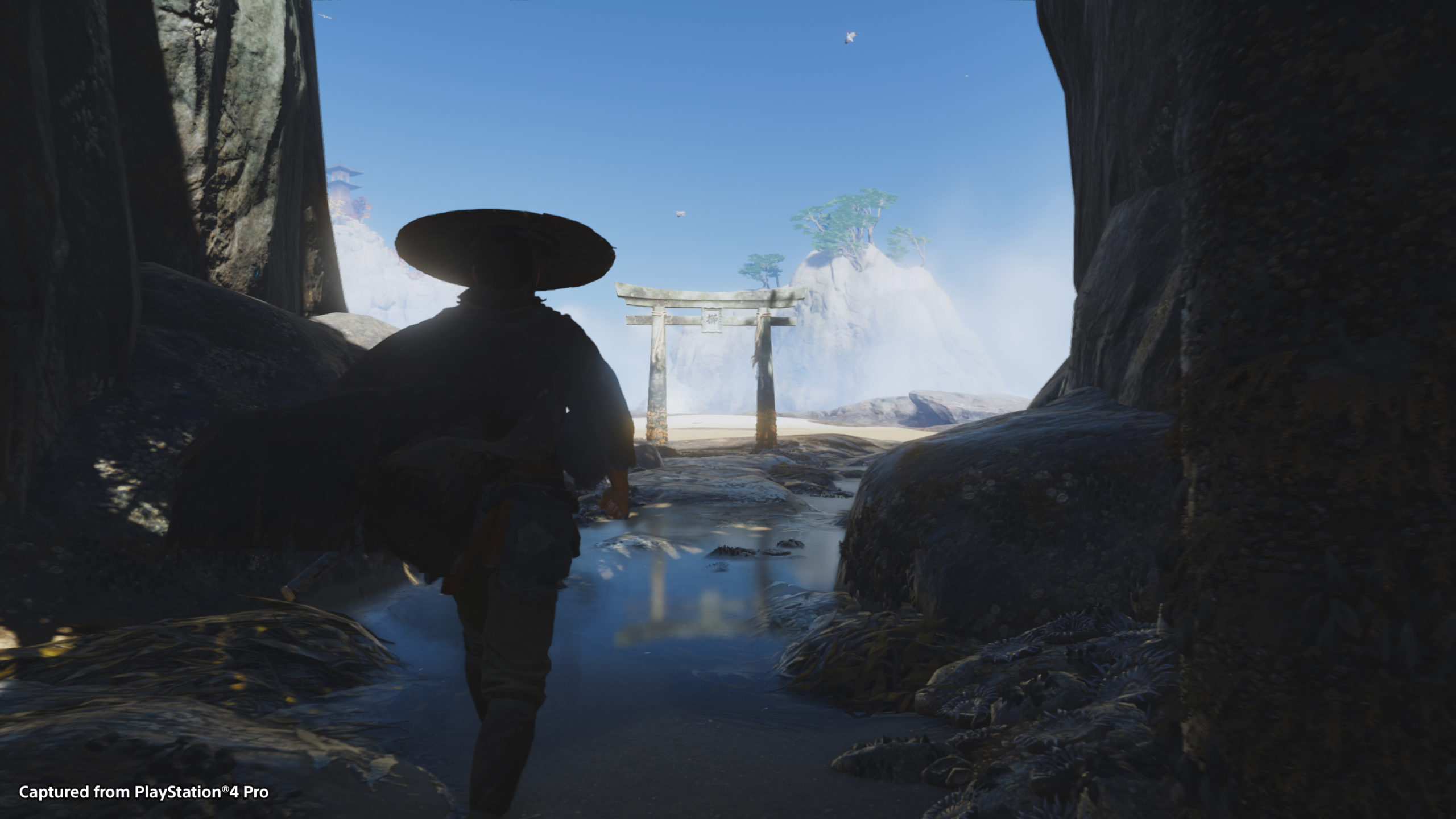 A world to explore and discover
A world to explore and discover
Focusing now on its gameplay, commenting that we are facing an open-world game that broadly follows the usual formula of this type of production, letting go of our hands on a map with many things to do while improving our character, We beat missions, find collectibles, fight numerous enemies, and sneak into certain locations.
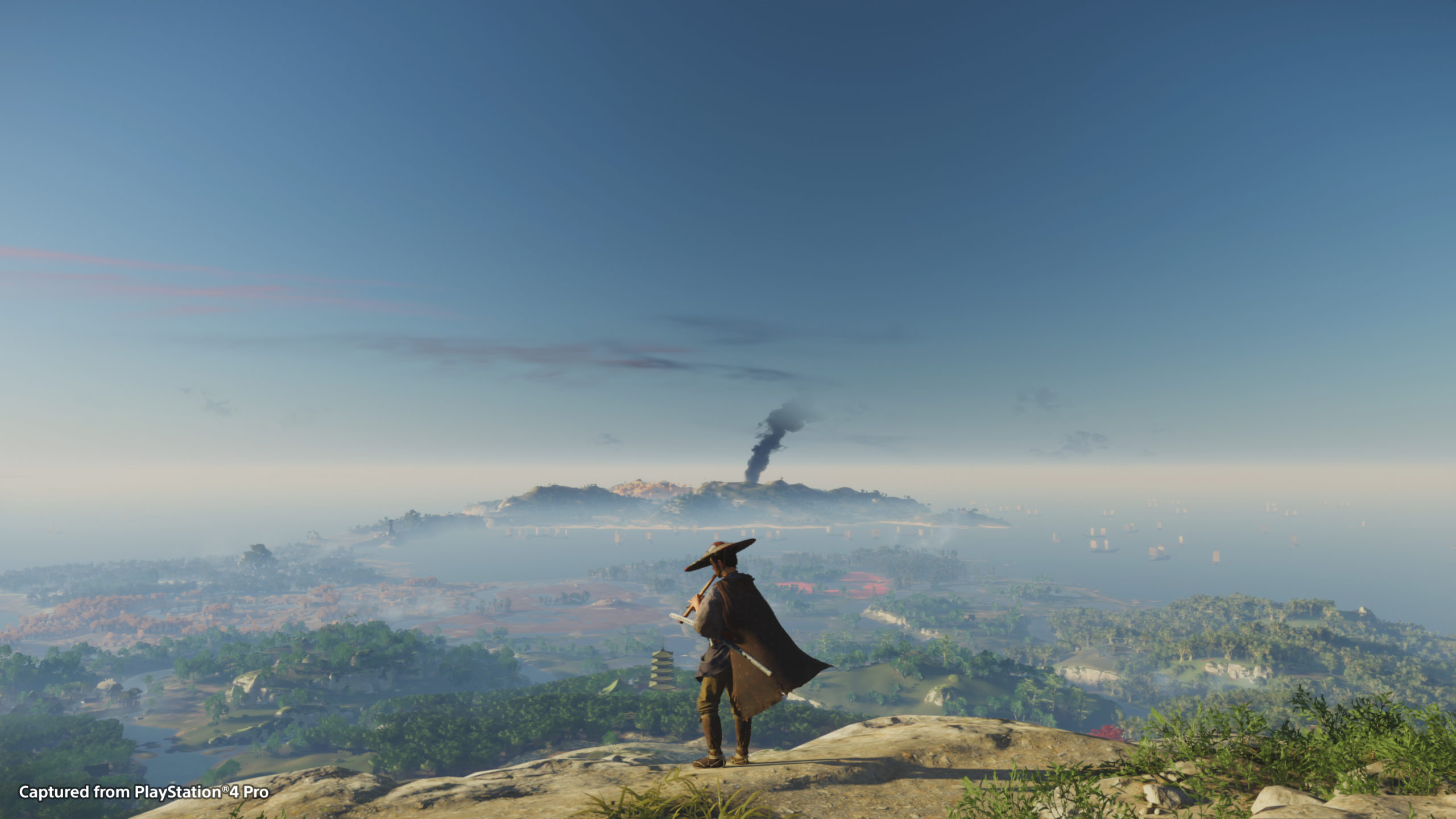 However, instead of betting on a gigantic world crowded with icons that tell us where to go at all times, its developers have wanted to enhance the feeling of adventure and discovery by managing exploration differently. Contrary to what is usual, when we start playing, we will find that the entire map is blank, covered by a kind of fog of war that we can clear as we move through it.
However, instead of betting on a gigantic world crowded with icons that tell us where to go at all times, its developers have wanted to enhance the feeling of adventure and discovery by managing exploration differently. Contrary to what is usual, when we start playing, we will find that the entire map is blank, covered by a kind of fog of war that we can clear as we move through it.
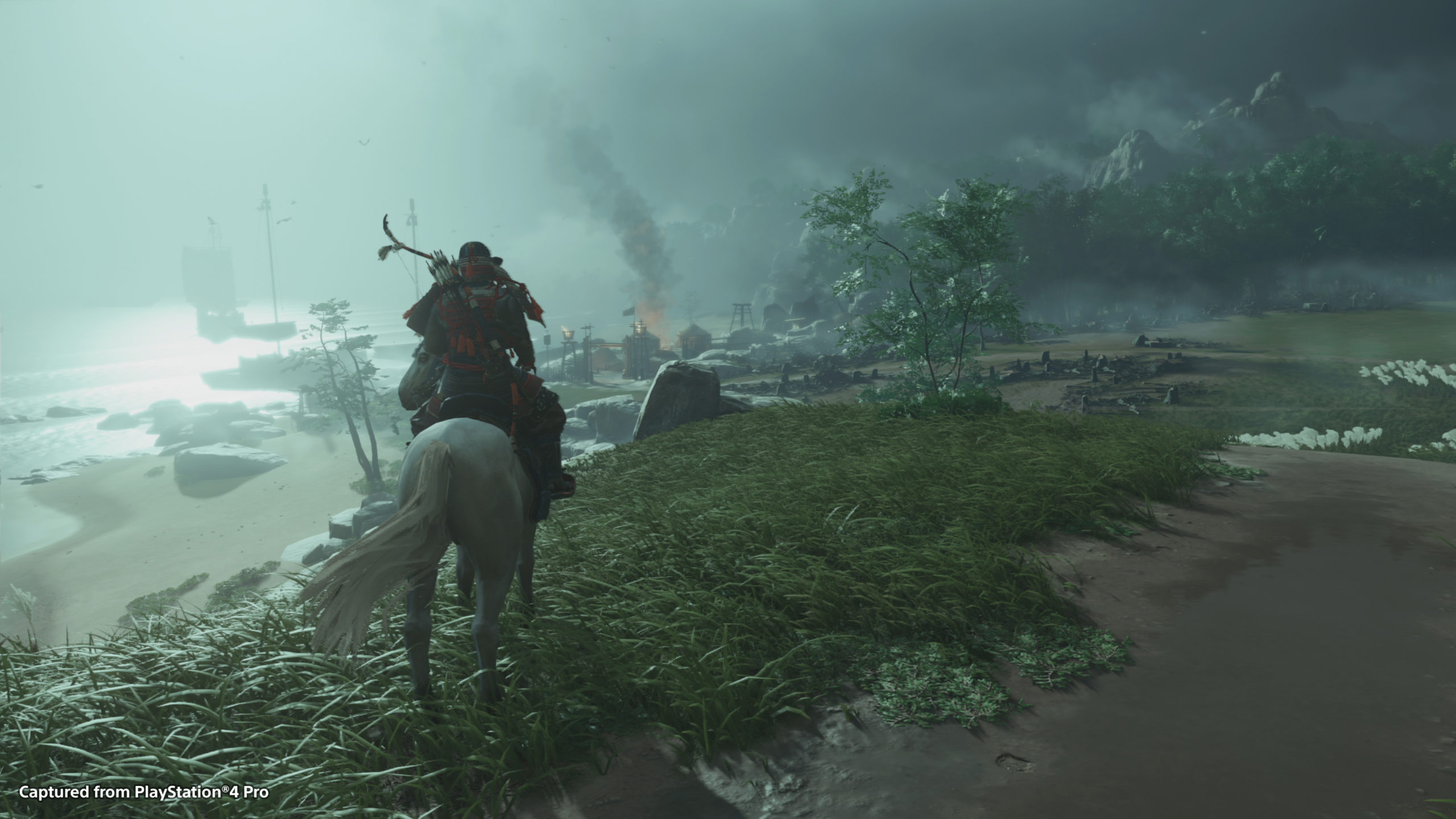 Or what is the same, to find the different activities and points of interest that we will have to explore on our own, look at the environment and investigate those places or areas that have caught our attention. Although this may seem a bit vague, the truth is that it is very well designed and works like a charm, because there are lots of little details that will help us find all these places, either through a column of smoke in the distance, a bird trying to get our attention to take us somewhere, releasing regions or a rumour that we have heard when talking to the inhabitants of the island.
Or what is the same, to find the different activities and points of interest that we will have to explore on our own, look at the environment and investigate those places or areas that have caught our attention. Although this may seem a bit vague, the truth is that it is very well designed and works like a charm, because there are lots of little details that will help us find all these places, either through a column of smoke in the distance, a bird trying to get our attention to take us somewhere, releasing regions or a rumour that we have heard when talking to the inhabitants of the island.
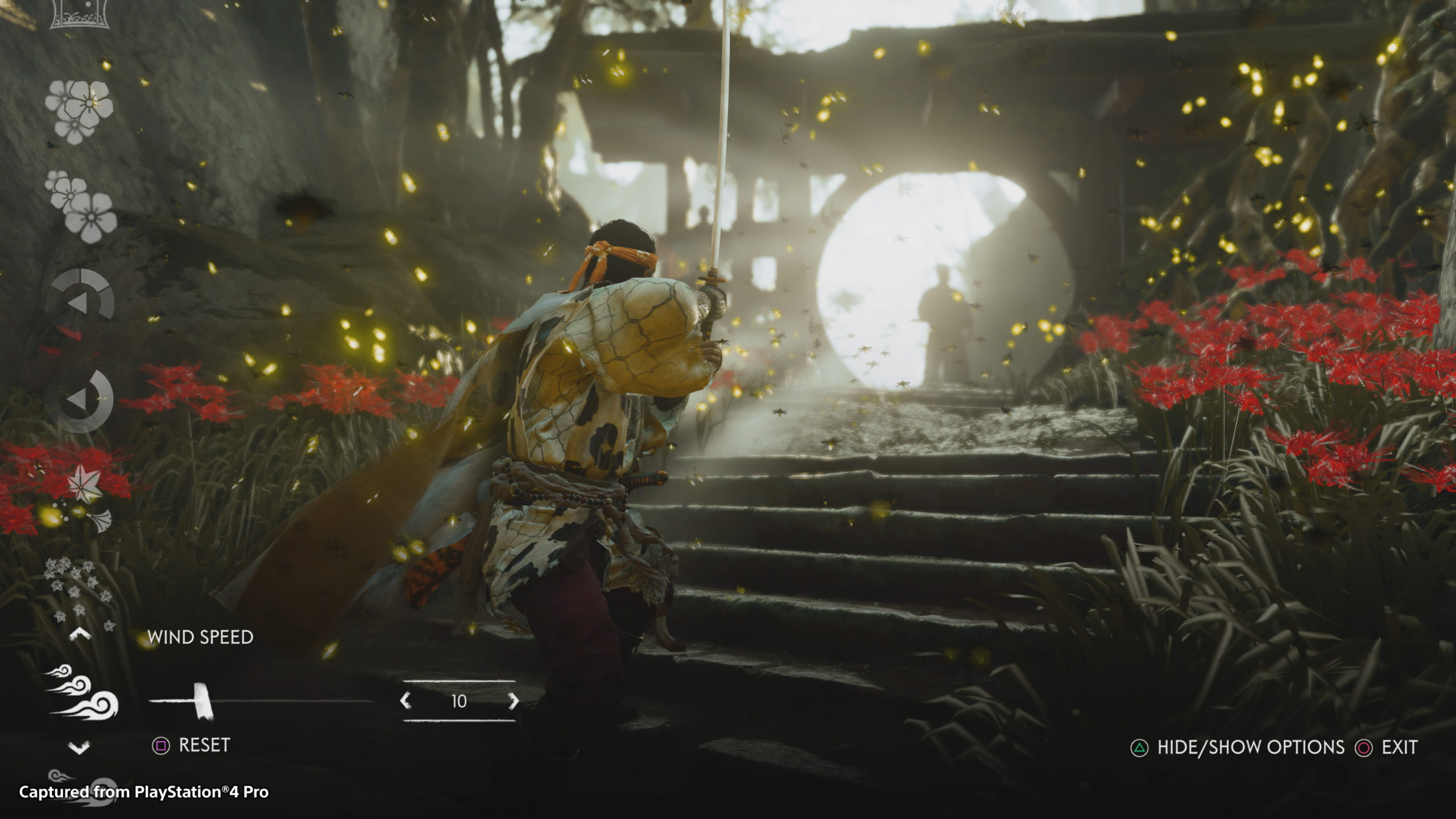 Sucker Punch’s experience in the genre is noticeable since the world has a very intelligent design, and it will be rare that in our trips, we do not find something worth investigating. It is precisely here where we have one of the greatest successes of the game since it always rewards the curiosity of the player and makes exploring a very fun, satisfying and organic experience, something that seems basic to us in a title with these characteristics.
Sucker Punch’s experience in the genre is noticeable since the world has a very intelligent design, and it will be rare that in our trips, we do not find something worth investigating. It is precisely here where we have one of the greatest successes of the game since it always rewards the curiosity of the player and makes exploring a very fun, satisfying and organic experience, something that seems basic to us in a title with these characteristics.
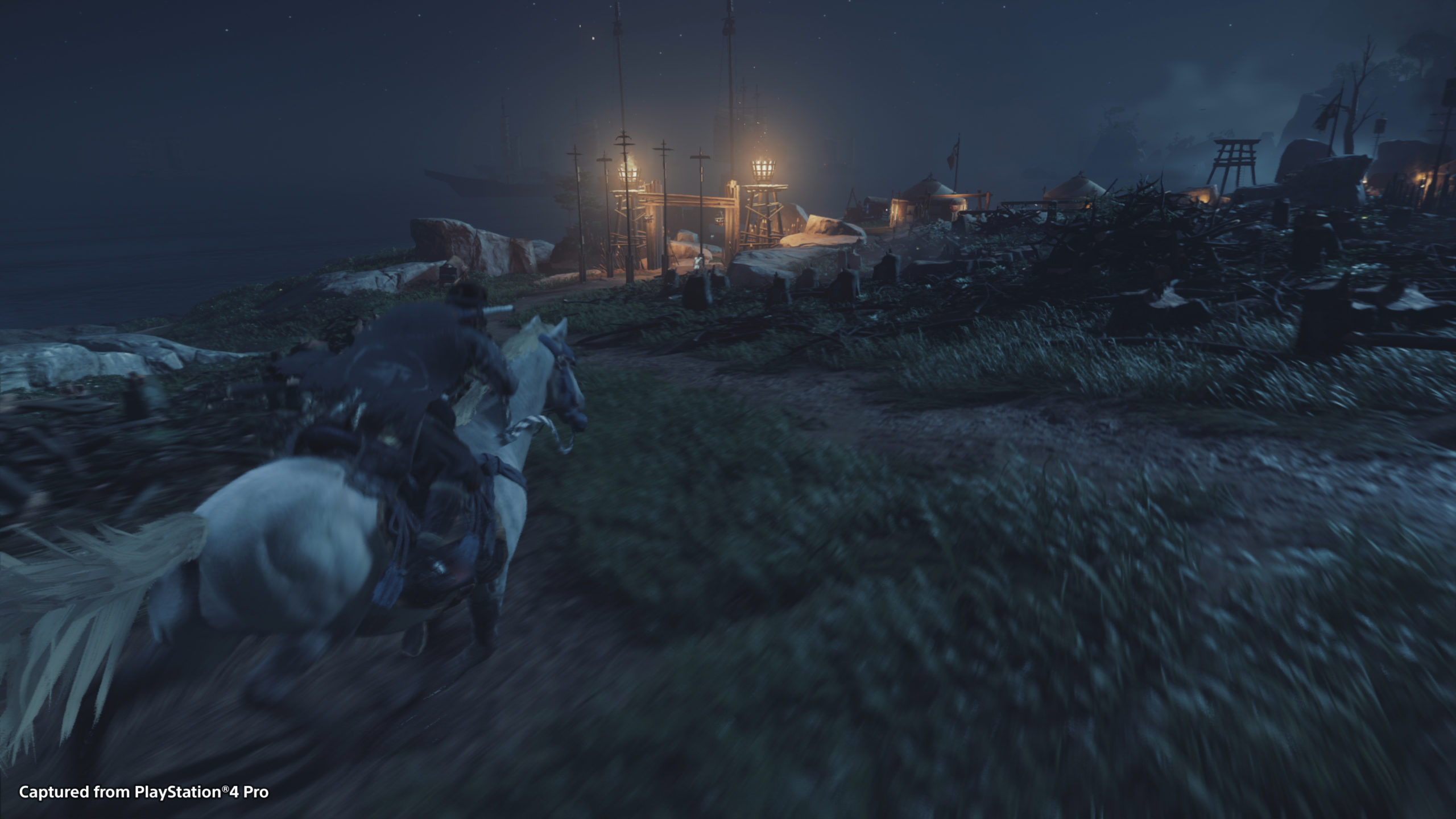 The problem comes at the moment when we realize that these points of interest are summarized in a series of extremely basic activities, little varied and without any type of attraction beyond the fact of obtaining permanent improvements for our character. In essence, it all comes down to having a bath while reflecting on some subject, composing haikus, following foxes, cutting bamboo in a minigame and conquering camps, something that we will repeat dozens of times since we also have to add a series of random events that suffer from the same problem and that they lose their freshness in the first hour of play.
The problem comes at the moment when we realize that these points of interest are summarized in a series of extremely basic activities, little varied and without any type of attraction beyond the fact of obtaining permanent improvements for our character. In essence, it all comes down to having a bath while reflecting on some subject, composing haikus, following foxes, cutting bamboo in a minigame and conquering camps, something that we will repeat dozens of times since we also have to add a series of random events that suffer from the same problem and that they lose their freshness in the first hour of play.
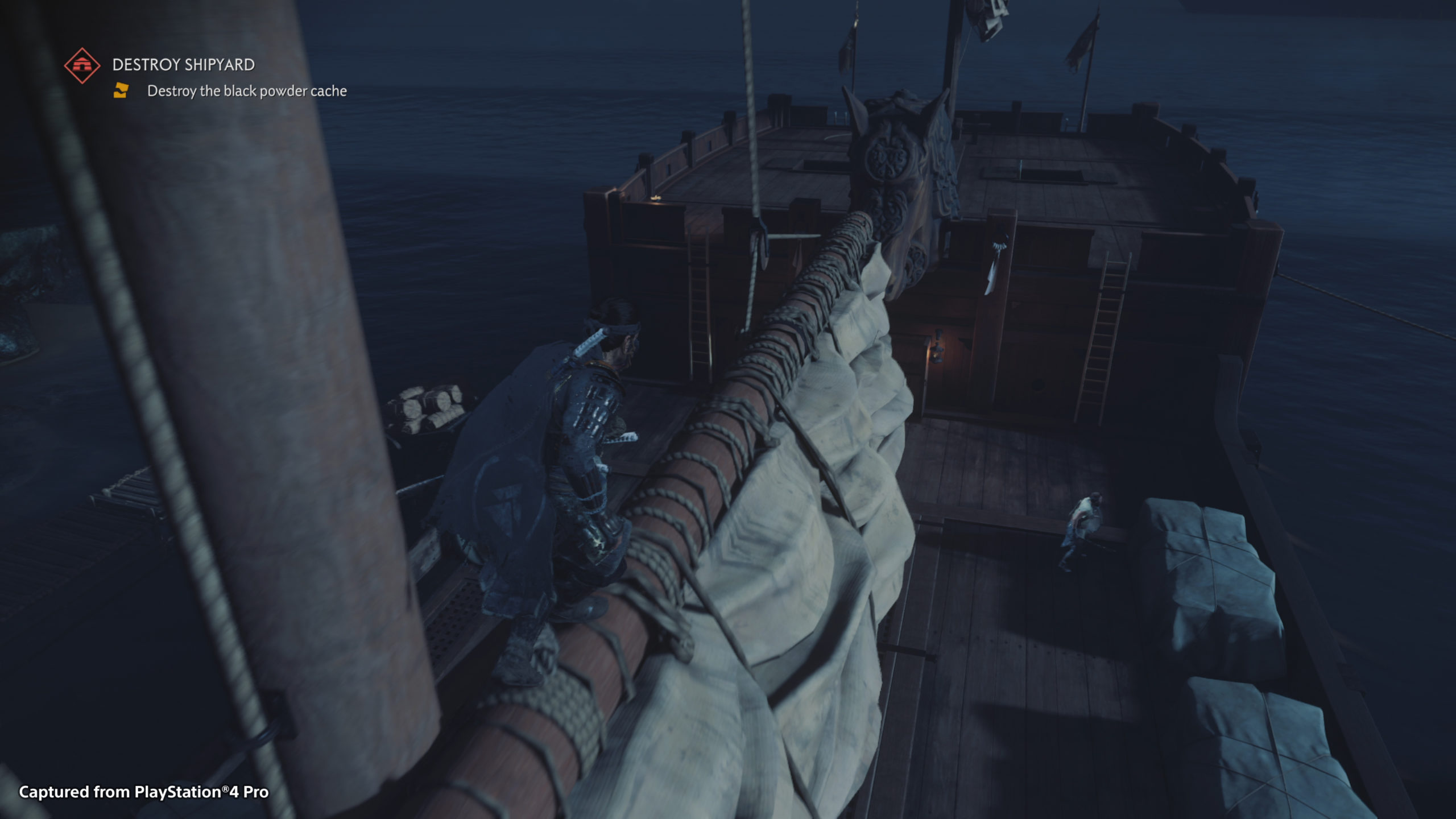 Something more interesting is the sanctuaries, some purely “platform” tests in which we will have to climb dangerous mountains calculating our jumps and looking for the way to advance through them, being one of the most entertaining things that we will find when exploring a world that, by the way, does not It is too big, but in our opinion, it is the perfect size.
Something more interesting is the sanctuaries, some purely “platform” tests in which we will have to climb dangerous mountains calculating our jumps and looking for the way to advance through them, being one of the most entertaining things that we will find when exploring a world that, by the way, does not It is too big, but in our opinion, it is the perfect size.
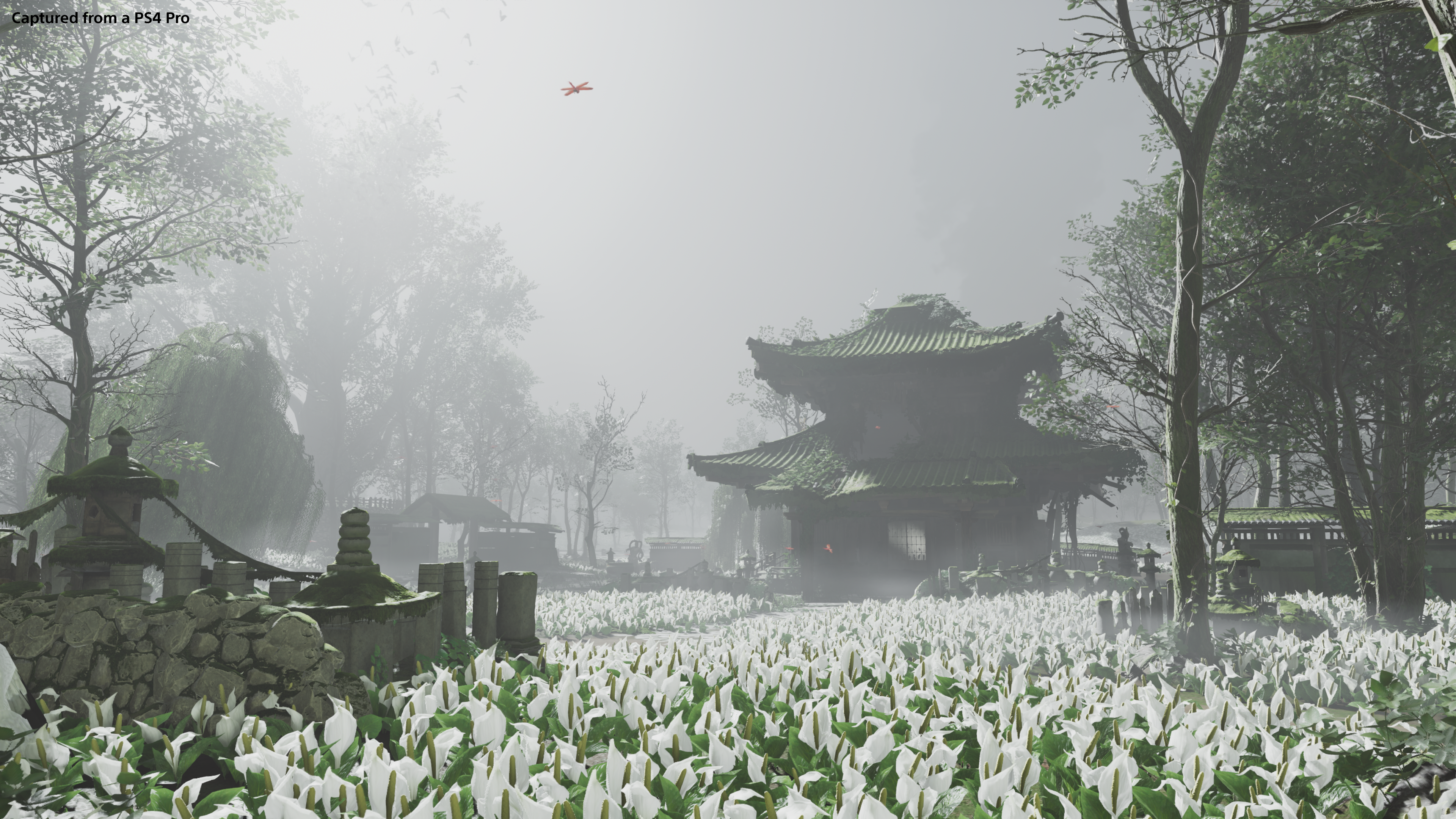 The art of the katana
The art of the katana
When it comes to fighting, the title boasts a very simple but very fun system that is rarely boring. Essentially, it all comes down to one slump and one strong slam to break enemies’ stance and stun them, even if you don’t expect overly complex combos or complicated button combinations as you won’t find any of that. Here the key is to switch between the different poses that we can adopt to select the one that is most effective against the type of enemy that we are facing and thus break down their defences more easily.
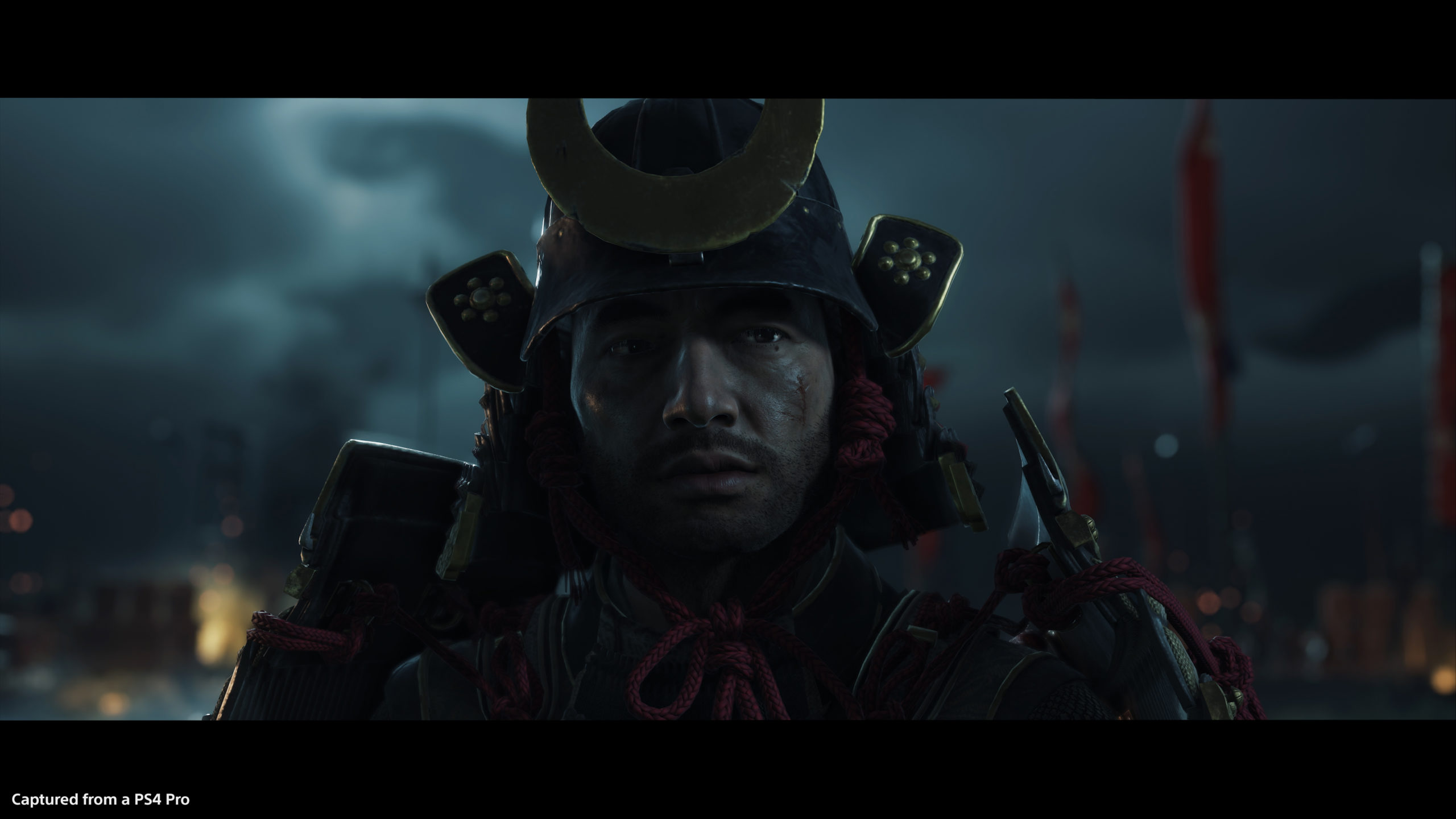 Obviously, the defence will also be very important, since we can block attacks, dodge (important this, because there are unblockable hits) and make perfect stops with which to expose the opponent to a powerful counterattack, something that requires a lot of precision and practically perfect timing. Nor can we forget about the determination meter, thanks to which we can heal ourselves and unleash some very useful special techniques, or from ranged weapons, including bows with various types of arrows, kunáis, smoke bombs, etc.
Obviously, the defence will also be very important, since we can block attacks, dodge (important this, because there are unblockable hits) and make perfect stops with which to expose the opponent to a powerful counterattack, something that requires a lot of precision and practically perfect timing. Nor can we forget about the determination meter, thanks to which we can heal ourselves and unleash some very useful special techniques, or from ranged weapons, including bows with various types of arrows, kunáis, smoke bombs, etc.
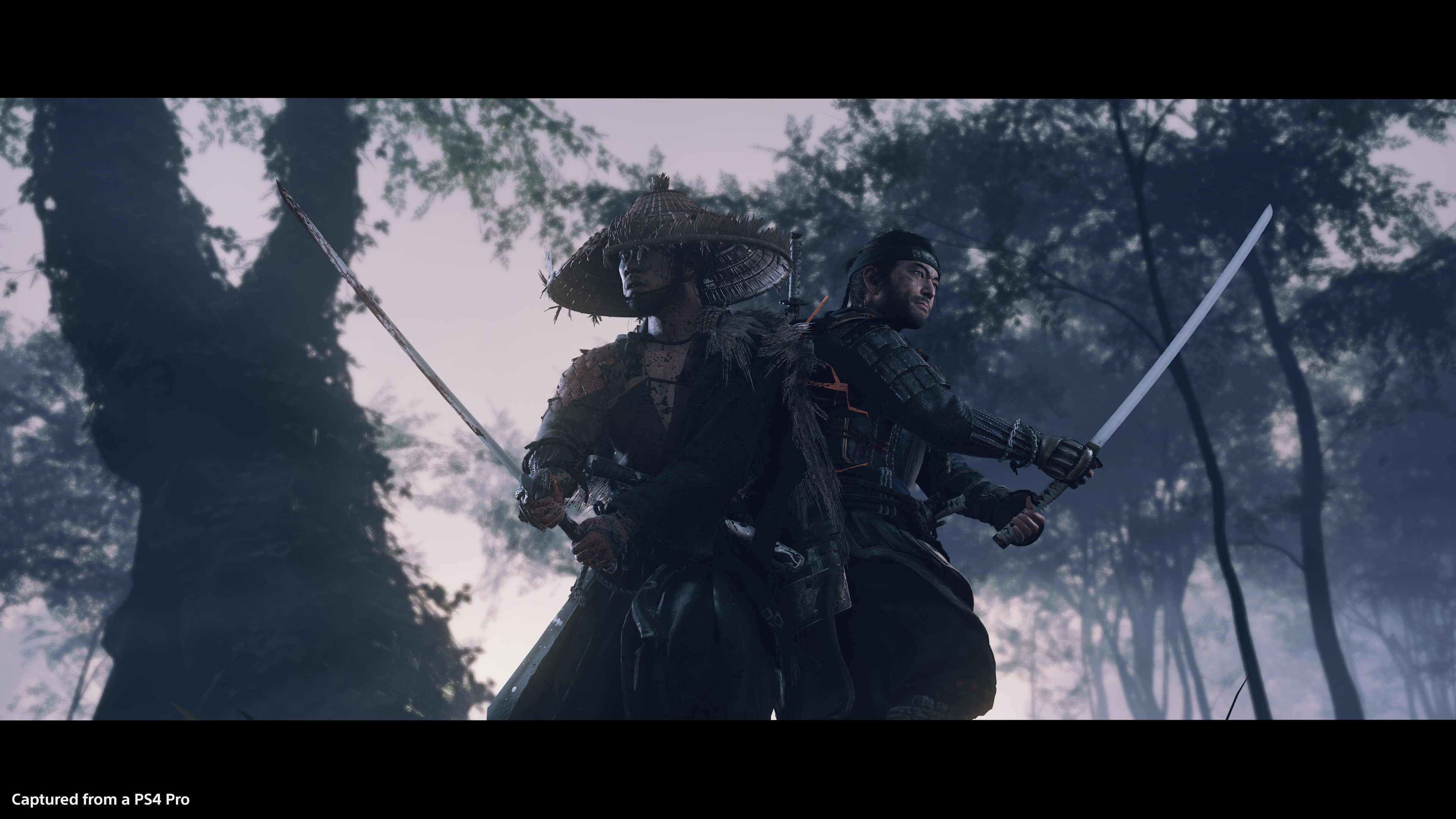 If we consider that, in general, we will be at a numerical disadvantage and that the enemies do not stand still waiting for their turn to attack, the confrontations become intense battles in which we will not stop changing positions, prioritizing targets, using tricks, block and dodge. Also, both enemies and we have relatively low life, so we will not last too many cuts without being healed, and the rivals can be liquidated in just two or three katana slashes once we break their defences, giving it a point of tension that it suits him quite well. The only thing that has not convinced us so much is the camera since it tends to give problems and leave us sold to the minimum that we get confused.
If we consider that, in general, we will be at a numerical disadvantage and that the enemies do not stand still waiting for their turn to attack, the confrontations become intense battles in which we will not stop changing positions, prioritizing targets, using tricks, block and dodge. Also, both enemies and we have relatively low life, so we will not last too many cuts without being healed, and the rivals can be liquidated in just two or three katana slashes once we break their defences, giving it a point of tension that it suits him quite well. The only thing that has not convinced us so much is the camera since it tends to give problems and leave us sold to the minimum that we get confused.
 But, without a doubt, our favourite fights have been duels, battles that would come to equate to the final bosses of the game. In them, the camera changes and takes a much more cinematic position to enhance the epic of battle. In addition, here we can only use the katana to fight, which gives rise to spectacular battles in which we must learn to read the movements of our enemies to block and dodge their attacks if we do not want them to finish us off before we can blink. As we say, they represent some of the best moments of the entire adventure and are exciting, to say the least, something that is enhanced by the amazing settings in which they take place and the magnificent staging of which they show off.
But, without a doubt, our favourite fights have been duels, battles that would come to equate to the final bosses of the game. In them, the camera changes and takes a much more cinematic position to enhance the epic of battle. In addition, here we can only use the katana to fight, which gives rise to spectacular battles in which we must learn to read the movements of our enemies to block and dodge their attacks if we do not want them to finish us off before we can blink. As we say, they represent some of the best moments of the entire adventure and are exciting, to say the least, something that is enhanced by the amazing settings in which they take place and the magnificent staging of which they show off.
 The Ghost of Tsushima
The Ghost of Tsushima
On the other side of the gameplay of Ghost of Tsushima, we have it in stealth since we can also silently infiltrate different places to eliminate our enemies from the shadows without being able to defend themselves, although, honestly, this is one of the things that least we liked them. The reason? All stealth related mechanics are extremely basic and boring.
 In essence, we will dedicate ourselves to doing the same thing that we have done in dozens of games: hide in the grass, move through roofs and ropes and place ourselves behind the enemies to execute them with a single blow. We have a few distractions to lure you into positions we want, as well as smoke bombs to escape, a “listen mode” to spot hostile targets through walls, and ranged weapons that barely make noise, but don’t expect anything too elaborate to make it minimally interesting. Add a somewhat clumsy enemy AI to which we can easily get dizzy, and it will be easy for you to understand how much this title aspect loses in the face of combat, infinitely more fun, entertaining and satisfying.
In essence, we will dedicate ourselves to doing the same thing that we have done in dozens of games: hide in the grass, move through roofs and ropes and place ourselves behind the enemies to execute them with a single blow. We have a few distractions to lure you into positions we want, as well as smoke bombs to escape, a “listen mode” to spot hostile targets through walls, and ranged weapons that barely make noise, but don’t expect anything too elaborate to make it minimally interesting. Add a somewhat clumsy enemy AI to which we can easily get dizzy, and it will be easy for you to understand how much this title aspect loses in the face of combat, infinitely more fun, entertaining and satisfying.
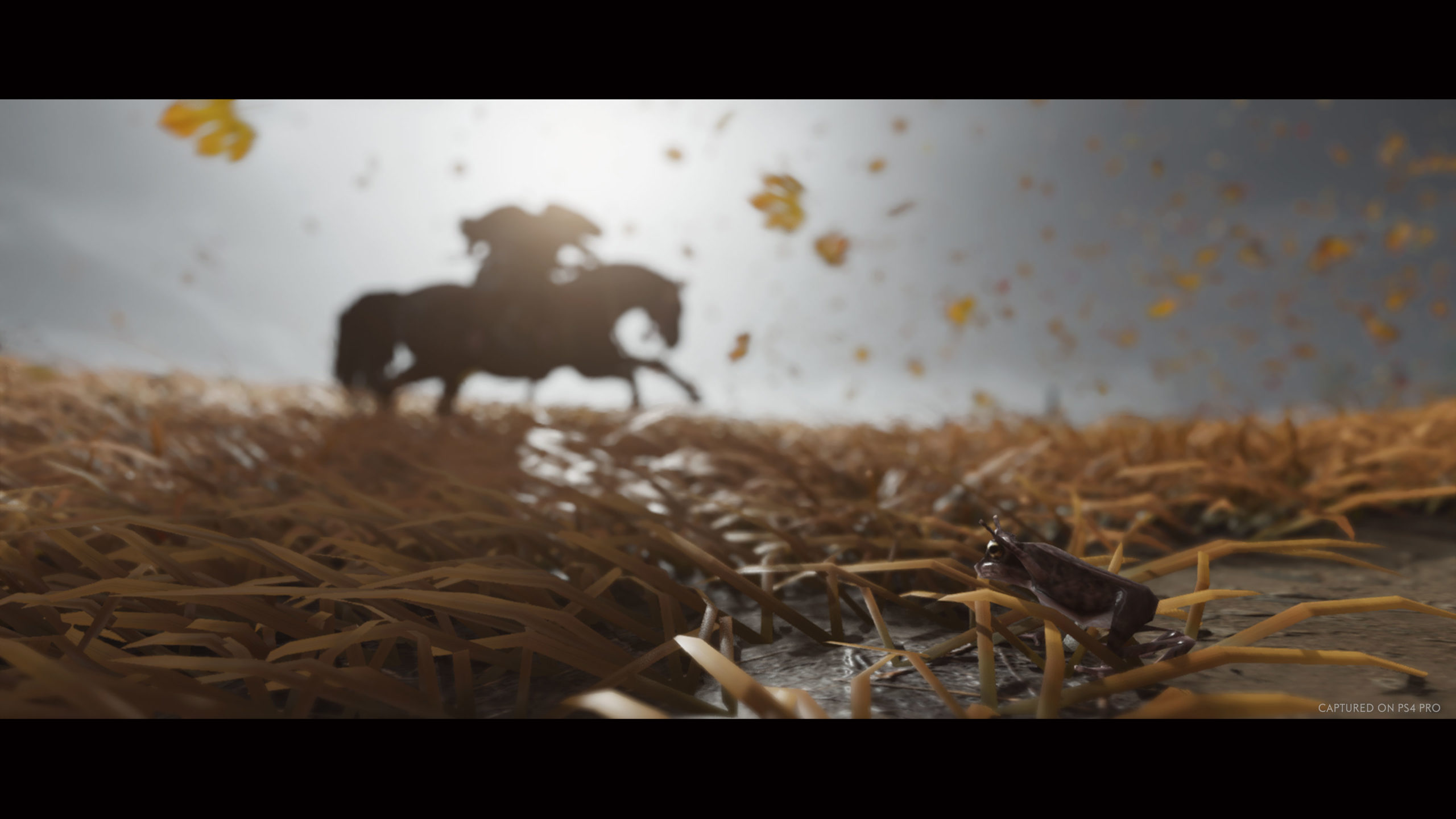 Customizing Jin
Customizing Jin
As it could not be otherwise, the game also includes some customization elements, although they are so light and light that in the end, our character will end up serving everything, regardless of how we play. From the outset, we find that the classic level-up system here has been replaced by obtaining skill points as we gain popularity, and our legend grows by Tsushima, something that we will achieve by doing all kinds of activities and completing missions.
 Obviously, these points can be invested in a talent tree divided into three different categories, where we will unlock beneficial improvements for our character, such as the possibility of deflecting arrows or slowing downtime when aiming with a bow. However, the advancement for each branch is very linear, and, in the end, Jin can end up unlocking everything, so we will end up being experts in both the art of infiltration and fighting with katana, something that takes away a certain charm from everything. This system, because all the players will end up having the same possibilities and there will be no real reasons that invite us to a future replay.
Obviously, these points can be invested in a talent tree divided into three different categories, where we will unlock beneficial improvements for our character, such as the possibility of deflecting arrows or slowing downtime when aiming with a bow. However, the advancement for each branch is very linear, and, in the end, Jin can end up unlocking everything, so we will end up being experts in both the art of infiltration and fighting with katana, something that takes away a certain charm from everything. This system, because all the players will end up having the same possibilities and there will be no real reasons that invite us to a future replay.
 Something similar happens with the equipment since in this game the “loot” does not exist as such and the armour that we will find are very limited and will only be given to us as a reward in certain missions, so we will only have to gather a series of very basics to improve it and increase its different characteristics, something that also applies to our katana and our bows, something that does not seem bad to us, since it avoids the hassle of wasting time on menus managing our inventory so that we focus on what It really matters: exploring and living adventures.
Something similar happens with the equipment since in this game the “loot” does not exist as such and the armour that we will find are very limited and will only be given to us as a reward in certain missions, so we will only have to gather a series of very basics to improve it and increase its different characteristics, something that also applies to our katana and our bows, something that does not seem bad to us, since it avoids the hassle of wasting time on menus managing our inventory so that we focus on what It really matters: exploring and living adventures.
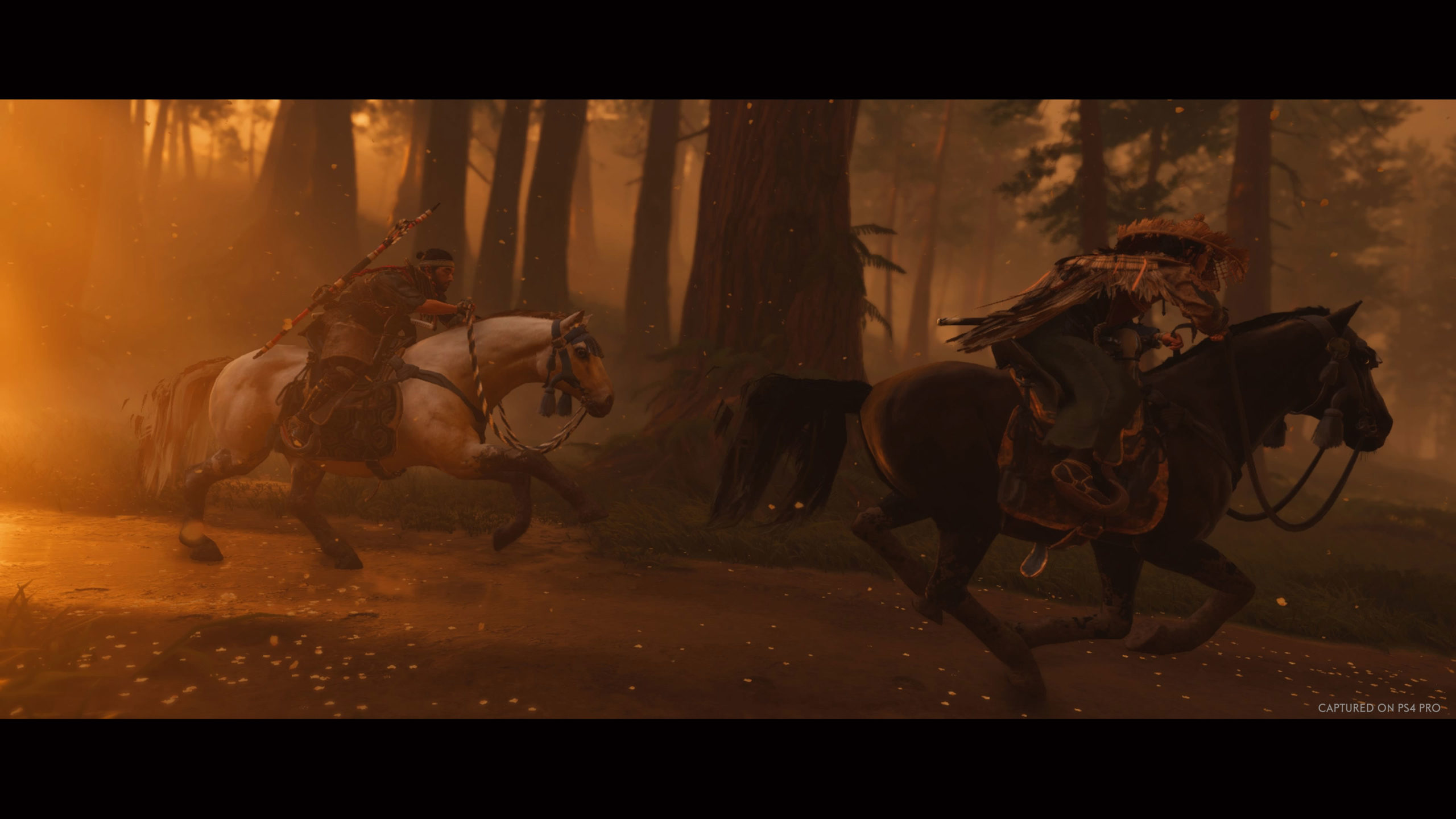 Of course, a greater variety and distinction between the armours would not have been bad for him, since only the chest piece is the one that has a playable impact on our character, granting him three different advantages to enhance things like his defence or the time it takes for enemies to detect us. Regardless, it’s perfectly possible to be completely stealthy while wearing the heaviest and heaviest armour we can imagine, as well as fighting like real experts even if we barely have anything to protect us, and the gear we get in the more advanced bars won’t necessarily be better. Then what we get at the beginning. In fact, we have spent most of the game with the same clothes, and we have not seen real reasons to change it for another, leaving this whole system somewhat anecdotal even on the highest difficulty.
Of course, a greater variety and distinction between the armours would not have been bad for him, since only the chest piece is the one that has a playable impact on our character, granting him three different advantages to enhance things like his defence or the time it takes for enemies to detect us. Regardless, it’s perfectly possible to be completely stealthy while wearing the heaviest and heaviest armour we can imagine, as well as fighting like real experts even if we barely have anything to protect us, and the gear we get in the more advanced bars won’t necessarily be better. Then what we get at the beginning. In fact, we have spent most of the game with the same clothes, and we have not seen real reasons to change it for another, leaving this whole system somewhat anecdotal even on the highest difficulty.
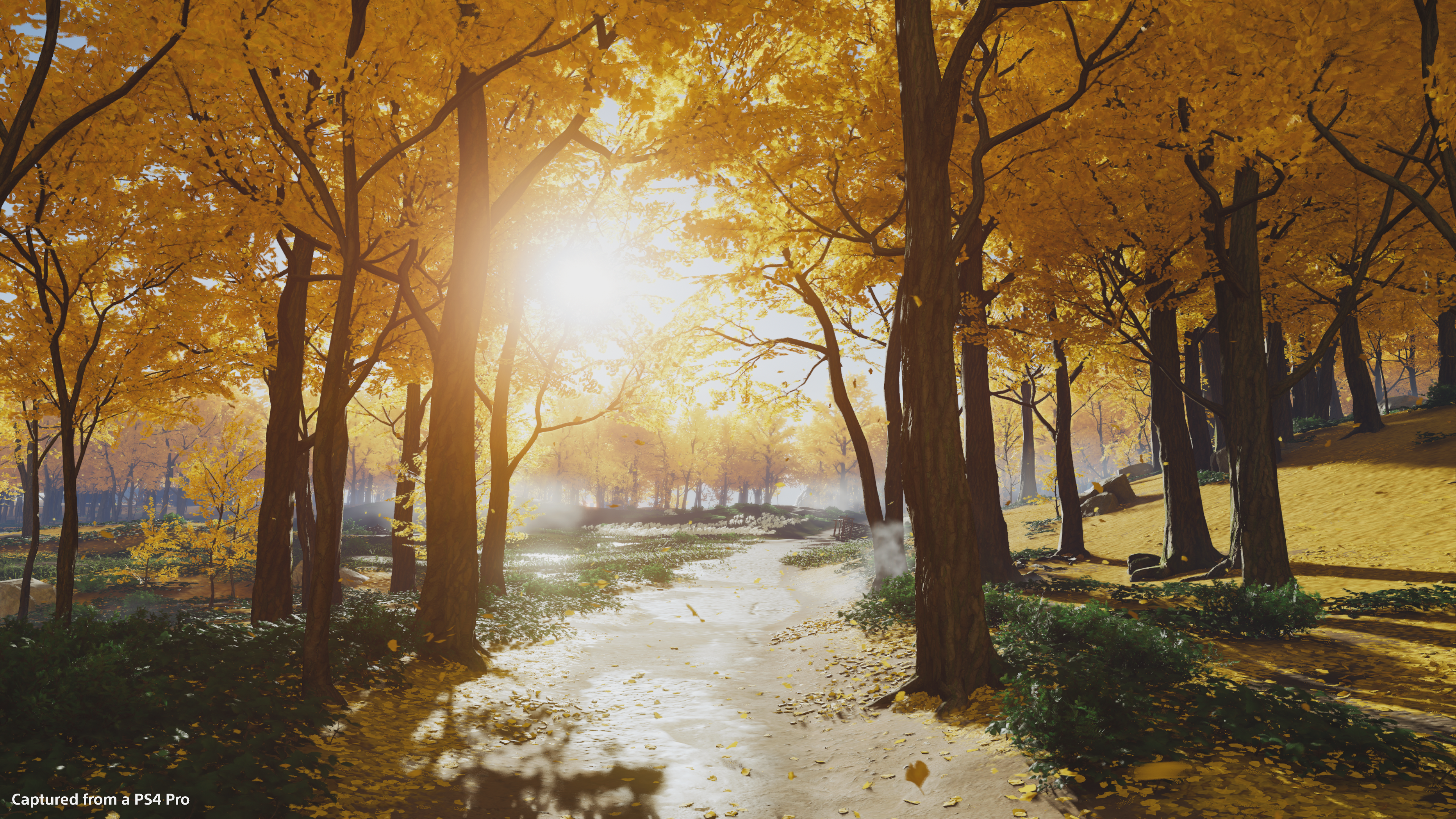 Good mission design
Good mission design
But if there is something that we especially liked about Ghost of Tsushima, it is its missions, much more elaborate than those that we usually find in most games of this type. Not surprisingly, they completely flee from the typical errand orders to focus entirely on the narrative, proposing very diverse objectives that make them very varied and interesting. As soon as we have to defend a hill with our bow, we will besiege a fortress while dodging cannon shots or investigating a mysterious local legend to find the truth behind it.
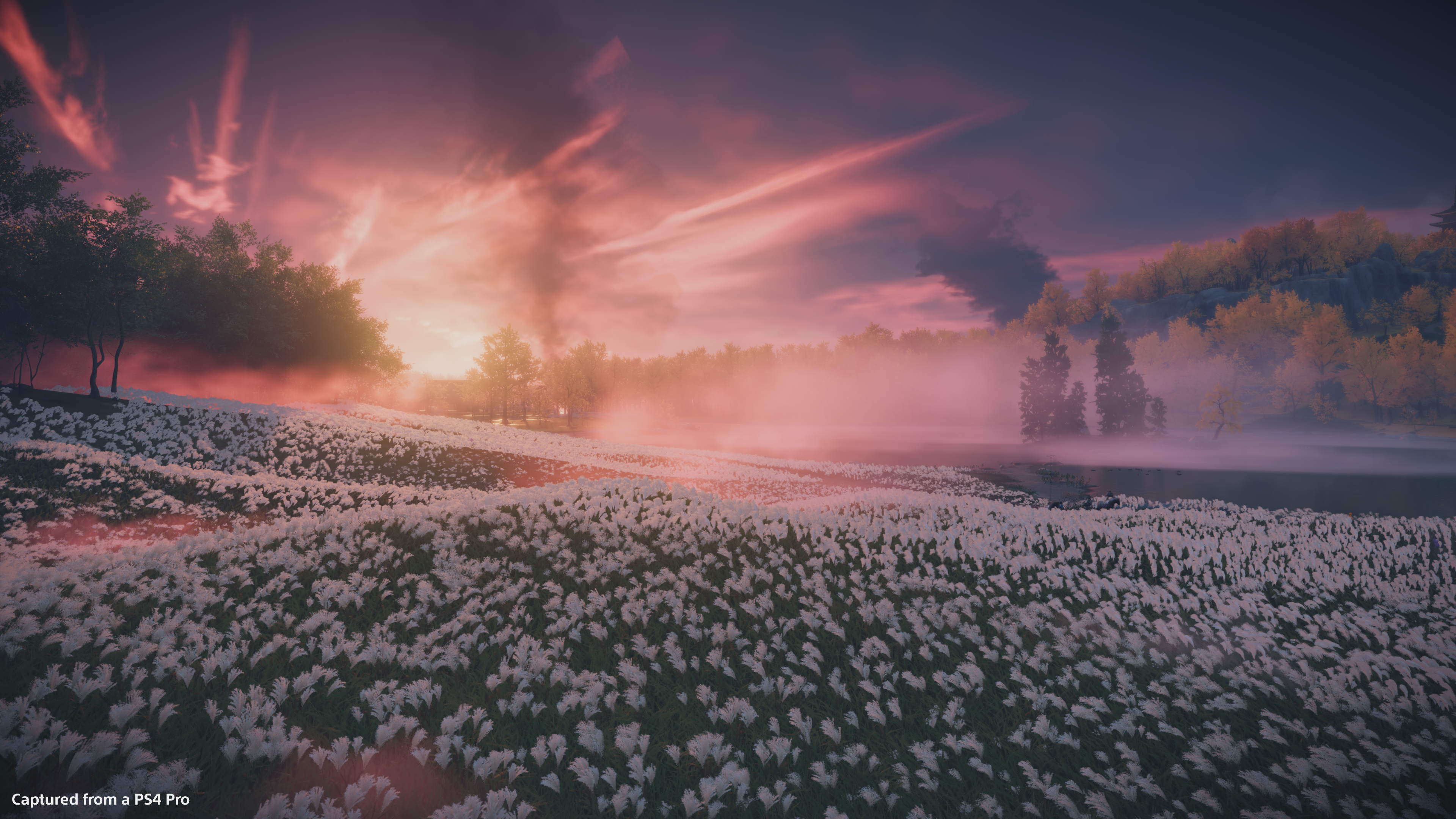 They are, without a doubt, one of the most elaborated things in the whole game and it is noted that they have taken note of what the greats of the genre do, so almost all of them are very careful, whether they are main or secondary, and are very consistent with the storyline of the game, something necessary to avoid breaking the immersion or the fantasy of being a samurai fallen from grace who fights for his people in a great conflict in which he has everything against him.
They are, without a doubt, one of the most elaborated things in the whole game and it is noted that they have taken note of what the greats of the genre do, so almost all of them are very careful, whether they are main or secondary, and are very consistent with the storyline of the game, something necessary to avoid breaking the immersion or the fantasy of being a samurai fallen from grace who fights for his people in a great conflict in which he has everything against him.
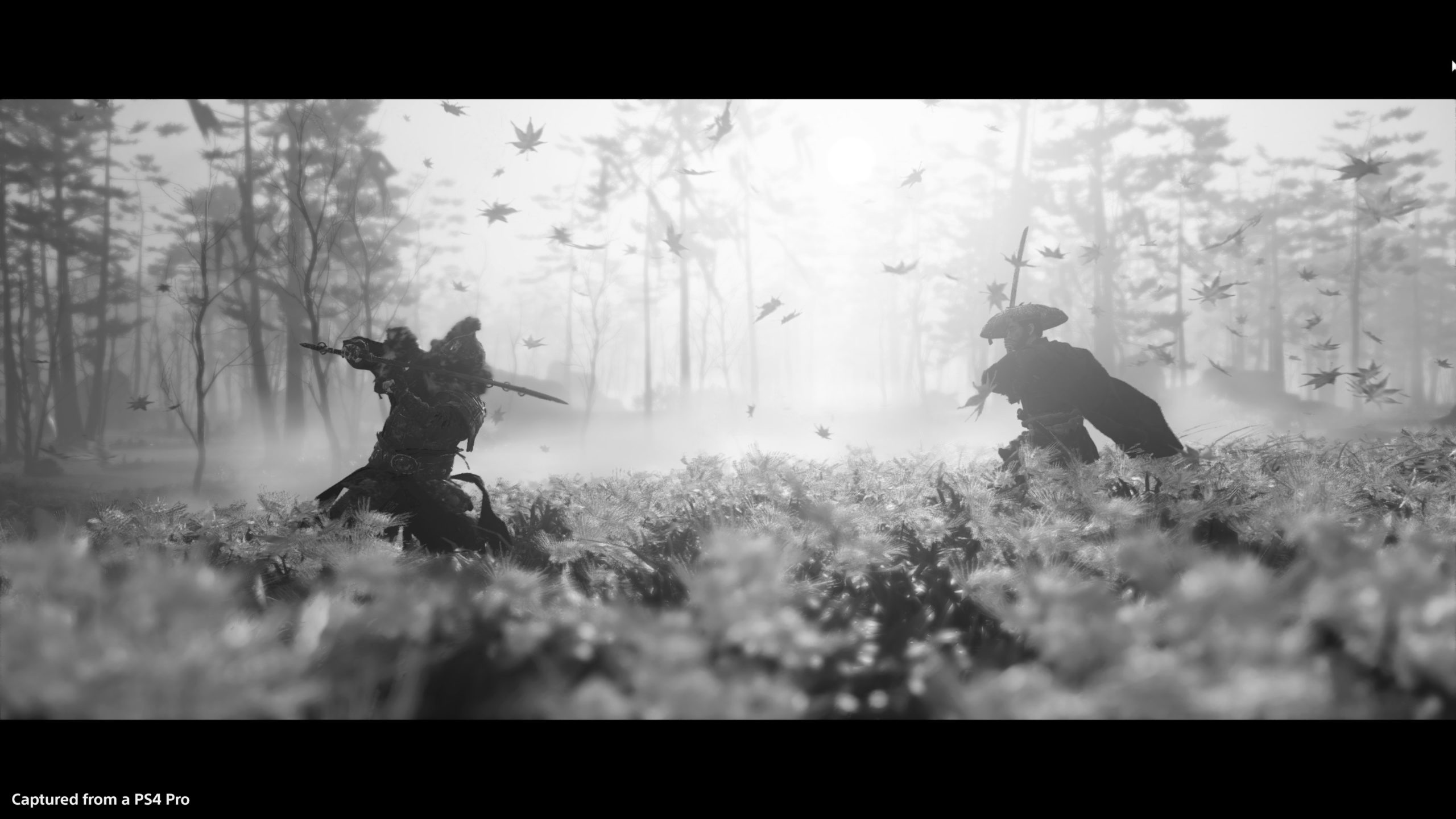 Of course, we warn you that in many of them they will force us to use stealth yes or also, in the same way, that in others the combat will be inevitable, so they will not always let us choose how we want to face them, and we will have to adapt to what we have to do in every moment. Of course, our way of playing will not affect the narrative in the least.
Of course, we warn you that in many of them they will force us to use stealth yes or also, in the same way, that in others the combat will be inevitable, so they will not always let us choose how we want to face them, and we will have to adapt to what we have to do in every moment. Of course, our way of playing will not affect the narrative in the least.
Japan’s natural beauty
A graphic level is not far behind, offering us a game with beautiful natural settings that will not stop delighting the view with beautiful and captivating images, which helps us to go to the last corner of the island in order to enjoy its fantastic art direction. And beware, since we are not only talking about the artistic part, but also the technique, capable of putting on screen very solid textures, impeccable performance, along with drawing distance, stages full of details and good modelling, not to mention of certain effects or the good use made of lighting to create unique prints. Some animations can be a bit strange because of the way our hero interacts with the environment (for example, do not expect the character to change his habitual way of walking when he climbs a staircase or a ramp), but in general, everything looks very high level.
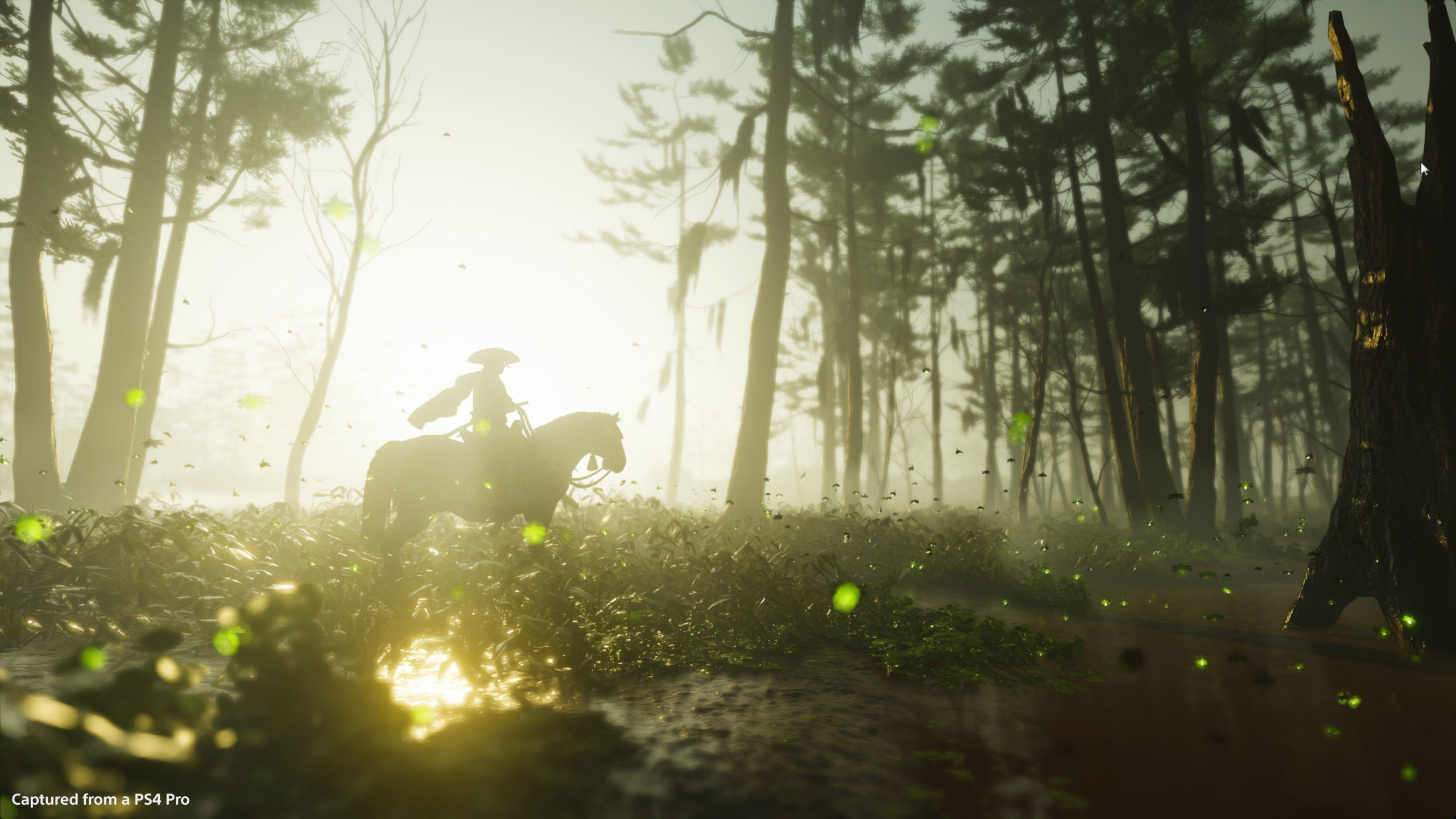 The same goes for the sound, simply spectacular and with a soundtrack that perfectly captures the type of stories and adventures we will experience, enhancing each moment and endowing the work with a lot of personalities. An authentic past that mixes orchestra and traditional Japanese instruments to make our hair stand on end with many of its pieces. Furthermore, the music is brilliantly used, adapting dynamically to what is happening and playing at key moments to accompany the action as few games know how to do.
The same goes for the sound, simply spectacular and with a soundtrack that perfectly captures the type of stories and adventures we will experience, enhancing each moment and endowing the work with a lot of personalities. An authentic past that mixes orchestra and traditional Japanese instruments to make our hair stand on end with many of its pieces. Furthermore, the music is brilliantly used, adapting dynamically to what is happening and playing at key moments to accompany the action as few games know how to do.
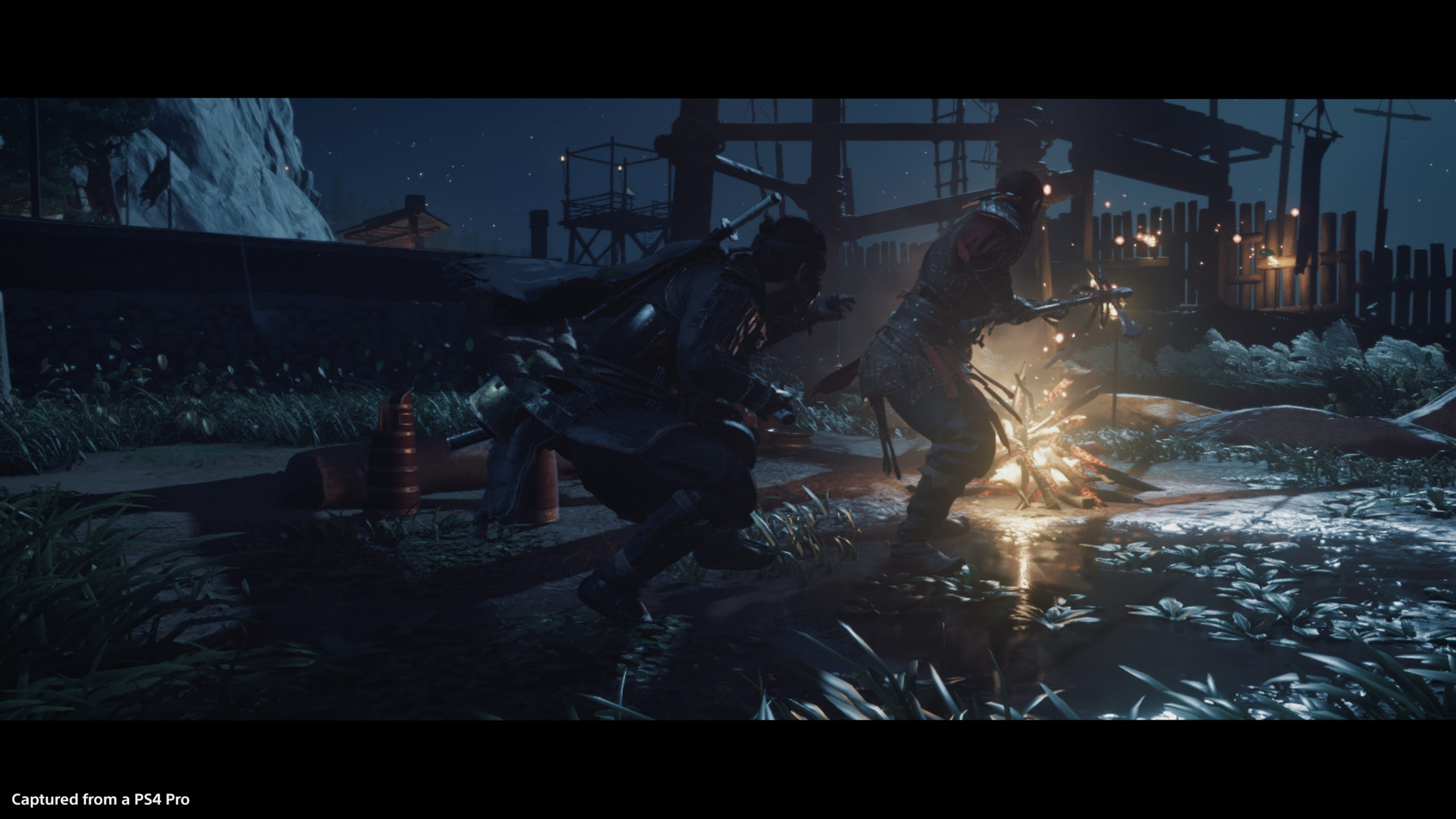 Final Thoughts
Final Thoughts
Ghost of Tsushima is a game that makes it’s setting its main differentiating factor, transporting us to a beautiful open world for which it is a pleasure to get lost. It may not do anything new or revolutionary within the genre. Still, its execution is more than remarkable, and it has made us have a great time discovering its secrets, waging intense duels with our katana, enjoying its history and its careful narrative, expanding our legend and fulfilling elaborate missions of all kinds.
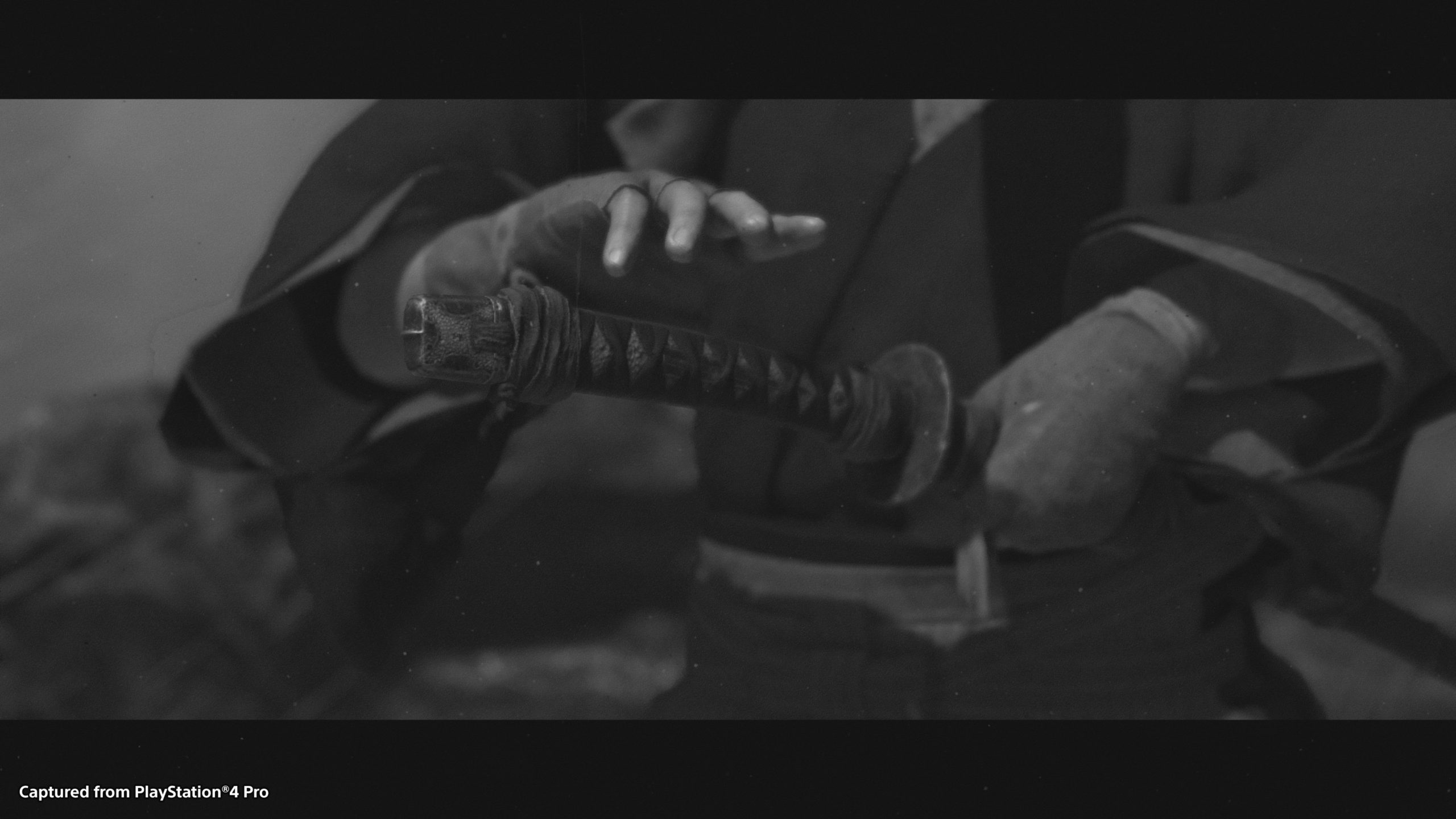 It is far from perfect, and things like stealth, the camera, the variety of activities or the AI could have given more of themselves. Still, in the end, the memory that remains is of having lived an entertaining adventure full of great moments with We have put in some great hours, so if your fascinating background appeals to you. You want to experience an authentic classic samurai movie in your own flesh, and you will hardly be disappointed with all the new work by Sucker Punch has to offer.
It is far from perfect, and things like stealth, the camera, the variety of activities or the AI could have given more of themselves. Still, in the end, the memory that remains is of having lived an entertaining adventure full of great moments with We have put in some great hours, so if your fascinating background appeals to you. You want to experience an authentic classic samurai movie in your own flesh, and you will hardly be disappointed with all the new work by Sucker Punch has to offer.
We prepared this review with a digital review code for the PS4 Pro version of the title provided by Sony.





JwBdzSOXgbkaAcsp
gQFCcUXWjHENbRwl
uEckyoSNlKrQ
PLZBJyWYNbe
cmYXBRkojG
OvIEnbSZgQTLeah